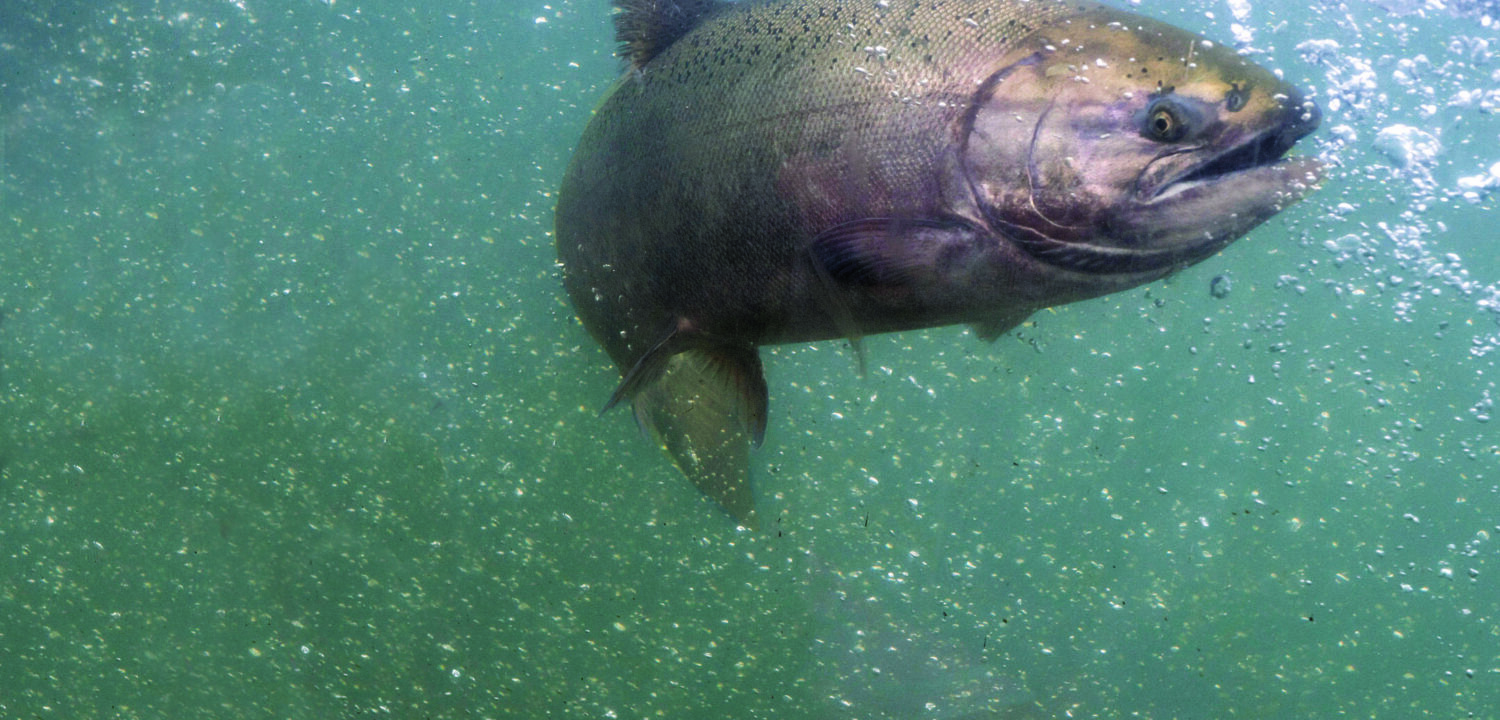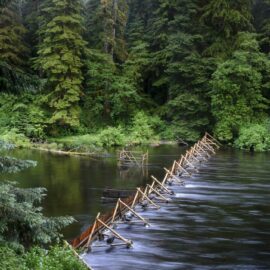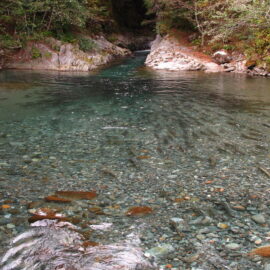Amid troubling overall trends for the iconic species and salmon-dependent coastal communities, a new study led by WSC’s Dr. Will Atlas finds some bright spots—and pathways to reverse declines.
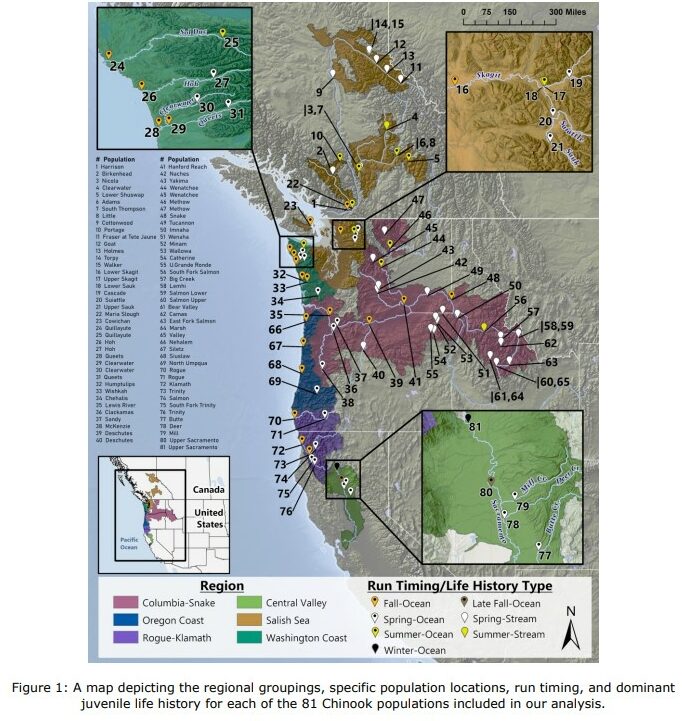
A new study published in Fish & Fisheries offers a comprehensive look at the state of North American wild Chinook salmon. Its findings hold new insights for fisheries managers looking to address wide-ranging declines among Chinook stocks.
The study, led by Wild Salmon Center Watershed Scientist Dr. Will Atlas with a team of leading salmon researchers from NOAA Fisheries, Fisheries and Oceans Canada, the Washington Department of Fish and Wildlife, and Simon Fraser University, analyzed abundance trends for more than 80 Chinook populations extending from California’s Sacramento River north to the Fraser River in Canada.
Analyzing time series data, the team found that more than 70 percent (57 of 81) of studied populations have experienced declining abundance in the last 50 years.
But these trends also varied across the region: a signal that the species’ diverse strategies for migration and spawning—also known as life histories—are aiding their success in some rivers.
Taking a close look at these strategies, the team found a strong link between Chinook abundance trends and time spent in relatively cold freshwater and marine habitats. The life histories of Chinook stocks can vary widely even within the same river system. A key example of this diversity is run timing: whether a population returns to freshwater in spring, summer, or fall.
“While most populations declined, some increased in abundance,” Dr. Atlas says. “Chinook populations are stable and even recovering in certain systems. Our research indicates that Chinook life history diversity has been key to the ability of some runs to thrive in the face of climate change.”
Particularly notable declines occurred in California Chinook populations—including most Sacramento and Klamath river stocks analyzed by the team—as well as interior spring Chinook returning to the Fraser, Columbia, and Snake River watersheds. Southern and interior stocks have been heavily impacted by climate disturbances in recent years, suffering through both lower, hotter flows in their natal river systems as well as warmer conditions in areas of the North Pacific where they spend the ocean portion of their life cycle. Some are even the focus of pending petitions for listing under the U.S. Endangered Species Act.
“Our research indicates that Chinook life history diversity has been key to the ability of some runs to thrive in the face of climate change.”
WSC Watershed Scientist Dr. Will Atlas
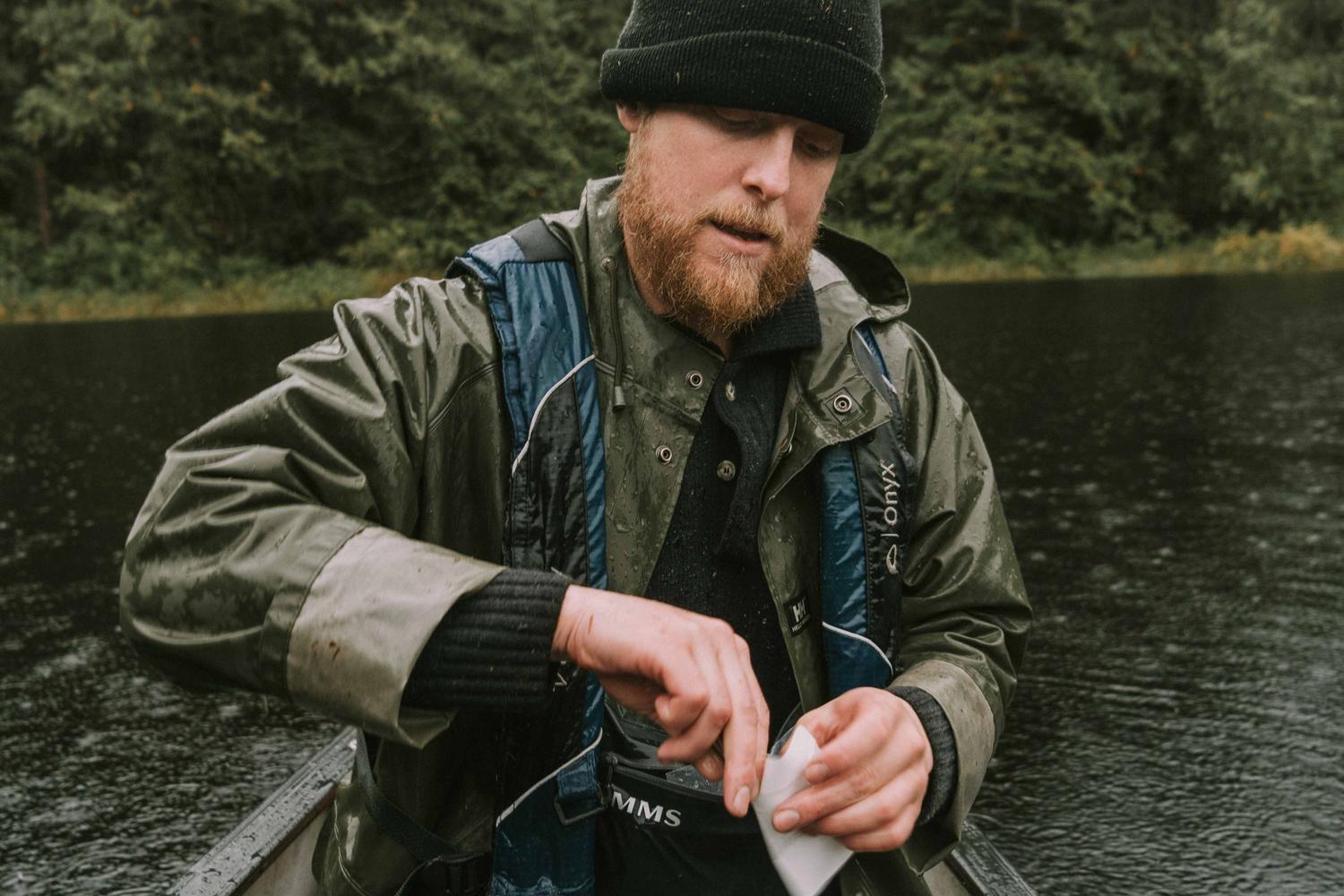
However, the team also found that in recent decades, some fall and summer Chinook populations, including those in the Fraser and Columbia, have increased in abundance. These fall and summer stocks travel north along the continental shelf to areas west of Northern British Columbia and Southeast Alaska where marine waters have been slower to warm.
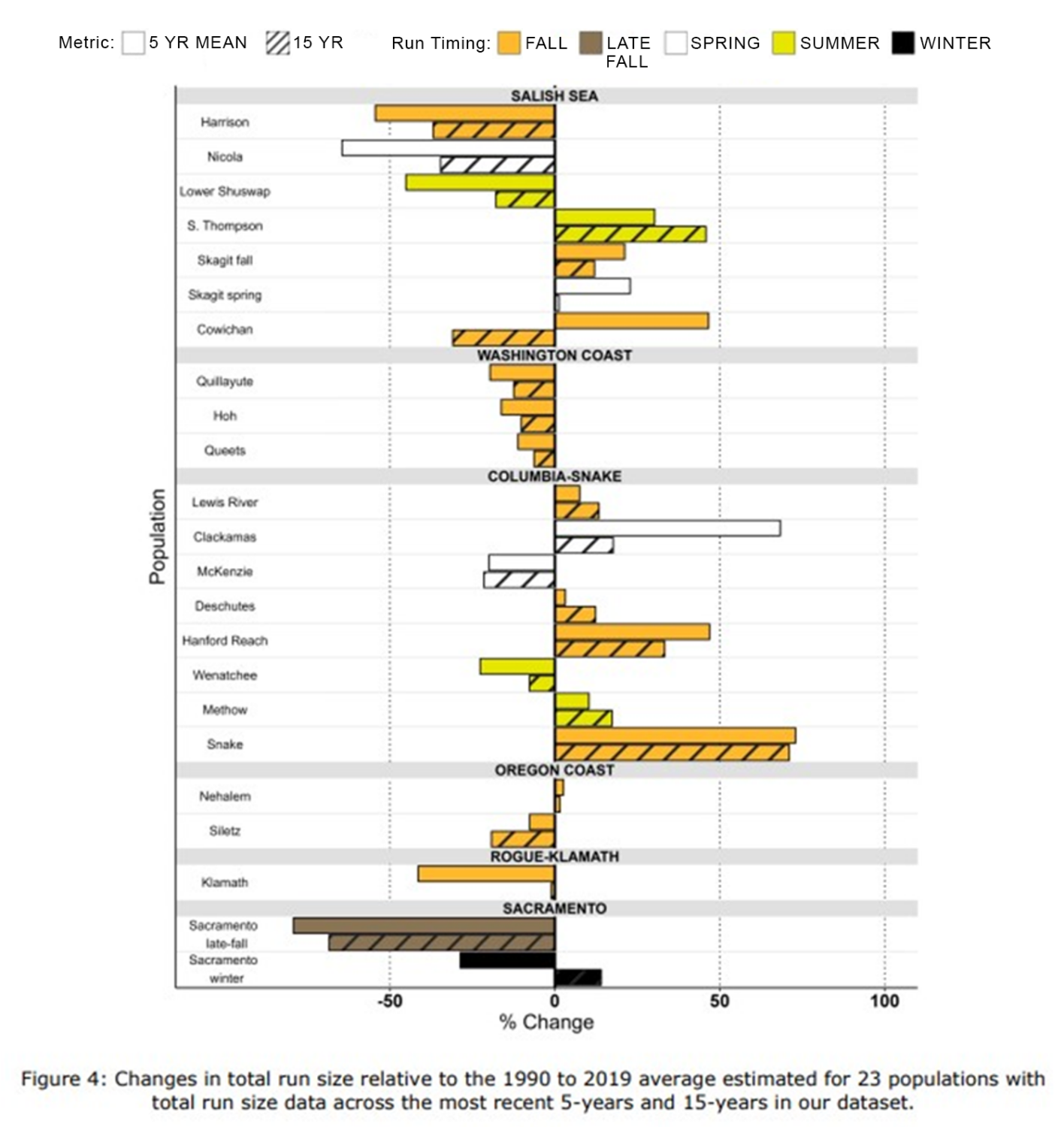
Some spring Chinook populations also remain strong in watersheds where cold water is reliably accessible—as well as in other systems where habitat restoration, dam removal, and fish passage improvements are protecting and enhancing access to intact habitats.
An example is the relative abundance of wild spring Chinook in Butte Creek, a tributary of California’s Sacramento River that has benefited from flow augmentation and extensive ecosystem restoration. In Oregon’s Clackamas and Sandy Rivers, spring Chinook have also made a remarkable recovery following dam removals and other fish passage corrections.
“This study strongly supports the case for maintaining a diverse portfolio of wild Chinook runs across the region,” says Dr. Matt Sloat, WSC Science Director and a study co-author. “As environmental conditions get tougher, it’s increasingly important that we understand and maintain the different survival strategies that Chinook have honed over millions of years.”
The study’s publication follows an unprecedented ocean Chinook fishing closure by the Pacific Fishery Management Council, running through spring 2024 and extending from California’s southern border to Oregon’s North Coast. The council moved to curtail fishing in anticipation of near-record low return rates for Klamath and Sacramento fall-run Chinook. (Because the latter stock is dominated by hatchery Chinook, it was not analyzed in this study.)
“As environmental conditions get tougher, it’s increasingly important that we understand and maintain the different survival strategies that Chinook have honed over millions of years.”
WSC Science Director Dr. Matt Sloat
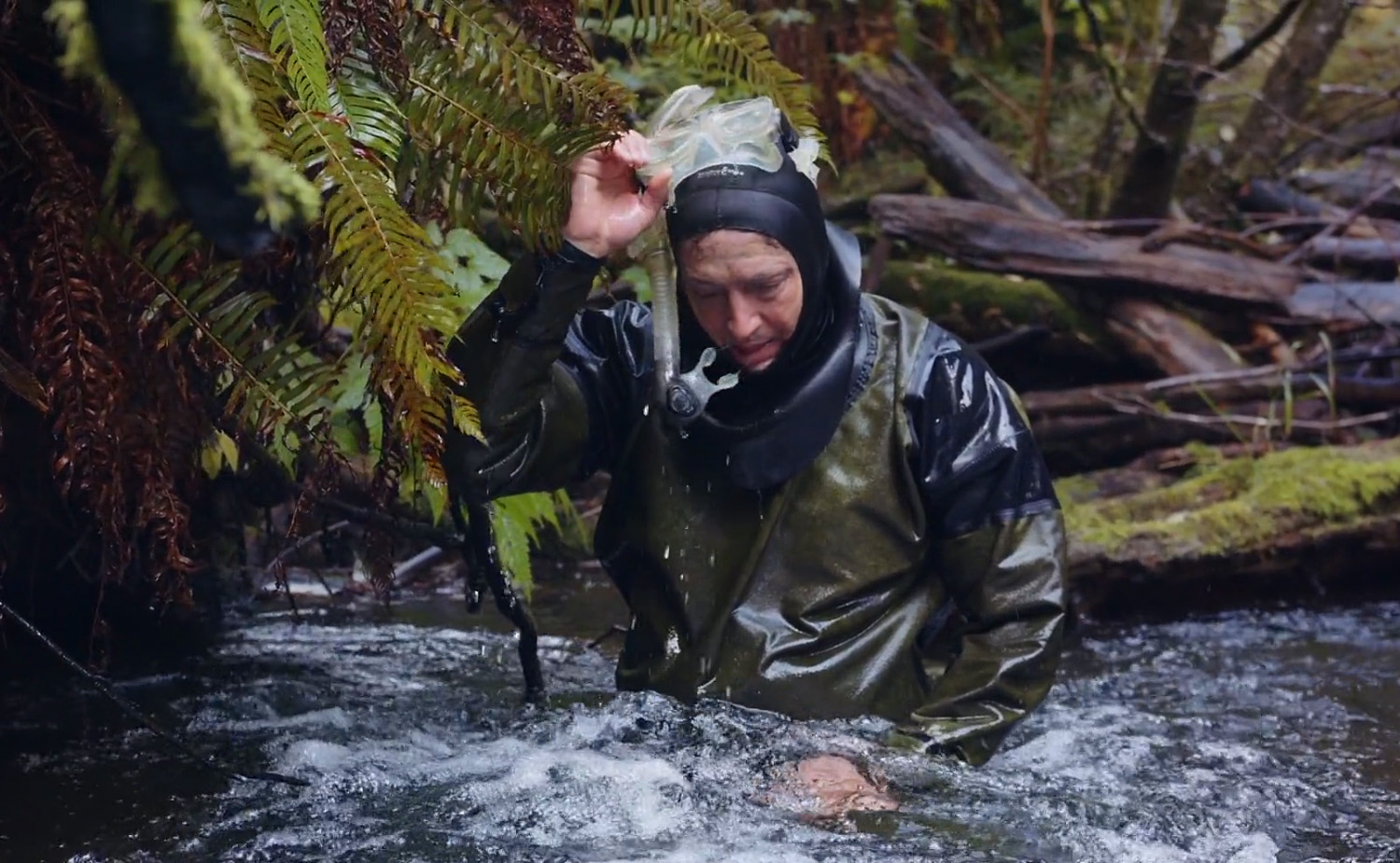
According to study co-author Dr. Nate Mantua, research scientist at NOAA Fisheries Northwest Fisheries Science Center, the study’s findings show the direct connection between unreliable fisheries and the many ways that humans have made it increasingly difficult for wild Chinook to survive all the way through their life cycle.
“Salmon are naturally resilient, but we’ve curtailed river flows, cut off much of their spawning grounds with dams, reduced the wetlands where juveniles grow on their way to the ocean, and further simplified their populations through hatchery and harvest practices,” Dr. Mantua says. “These changes have reduced the capacity of wild Chinook to respond to climate impacts in their freshwater, estuary, and ocean habitats. As a result, they careen between booms and busts.”
“We’ve reduced the capacity of wild Chinook to respond to climate impacts in their freshwater, estuary, and ocean habitats. As a result, they careen between booms and busts.”
Dr. Nate Mantua, NOAA Fisheries Northwest Fisheries Science Center
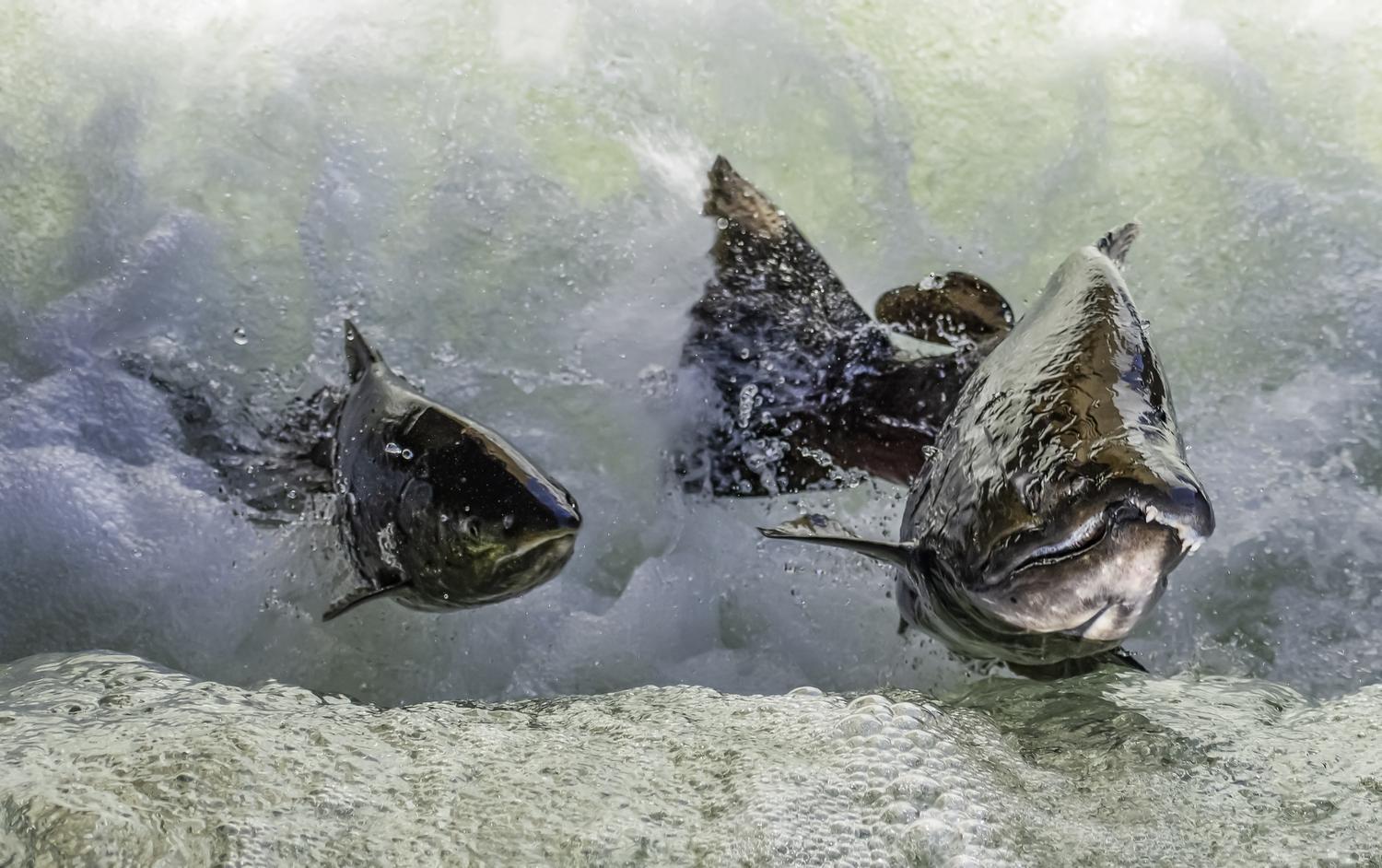
The authors note that a range of habitat protection and restoration actions are underway to improve habitat and flow protections for salmon. Across the Pacific Northwest, the NOAA Restoration Center is boosting funds to improve salmon habitat. In Oregon, following improvements to private forestry practices, agencies are now contemplating a comprehensive habitat conservation plan for state forestlands that would protect 600,000 acres for salmon and other species. In Northern California, the largest dam removal in U.S. history will reopen a vast area of historical Chinook habitat. And several state, Tribal, and federal agencies are now recommending that four dams come down on the lower Snake River.
“Chinook are vitally important to Indigenous cultures, fisheries, and the health of the environment in the Pacific Northwest,” says study co-author Charles Parken, salmon habitat assessment biologist at Fisheries and Oceans Canada. “This study should prove foundational for communities looking to further accelerate the salmon ecosystem restoration work so critical to ensuring that this species rebuilds across its range.”
“This study should prove foundational for communities looking to further accelerate the salmon ecosystem restoration work so critical to ensuring that this species rebuilds across its range.”
Charles Parken, Fisheries and Oceans Canada
But Dr. Atlas also notes that reforms will need to extend beyond habitat to fisheries management. Mixed-stock ocean fisheries pose conservation risks to weak stocks, and low abundance of some populations can close entire fishing regions, limiting opportunities for fishers to catch more abundant overlapping stocks. He cites this year’s California and Oregon closures—driven by Klamath and Sacramento stocks—as cases in point.
According to Dr. Atlas, one responsive move would be a shift toward terminal and selective fisheries, which harvest salmon from known populations, minimizing impacts on non-target populations and species. With terminal and selective fisheries, he says, management regimes can more nimbly adjust fishing opportunities to target healthy stocks, while reducing impacts on at-risk or endangered populations.
“That’s one example of the climate-smart paradigm that we must begin to move into,” Dr. Atlas says. “When combined with the trends evidenced in our study, the recent closures show that the current system isn’t the resilient approach we need—both for fishing communities and for long-term maintenance of salmon biodiversity.”
“The current system isn’t the resilient approach we need—both for fishing communities and for long-term maintenance of salmon biodiversity.”
WSC Watershed Scientist Dr. Will Atlas
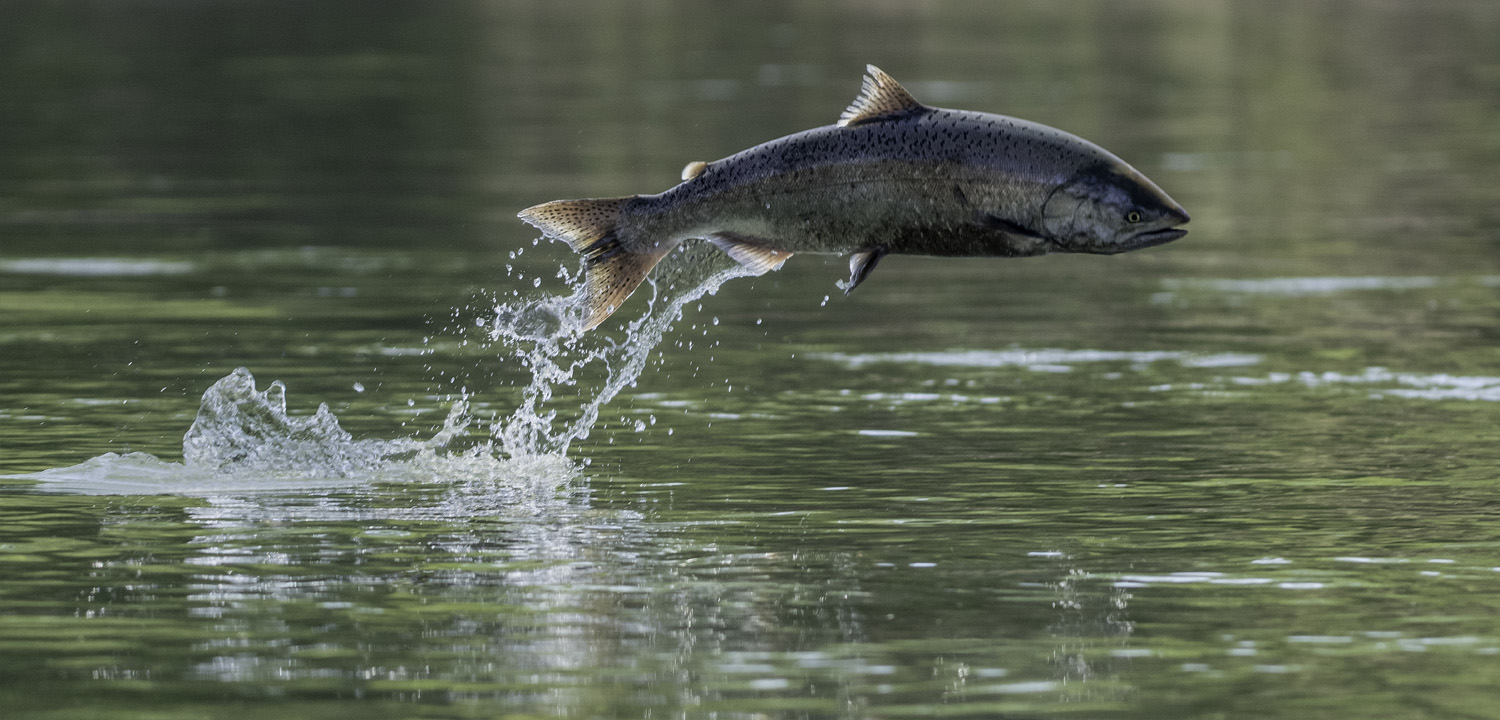
MEDIA CONTACT:
Oakley Brooks
Wild Salmon Center Communications Director
obrooks@wildsalmoncenter.org
